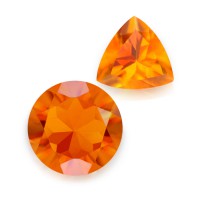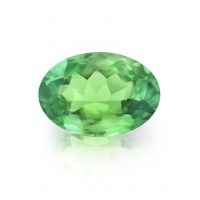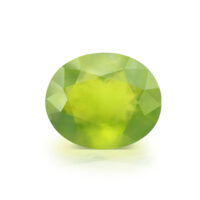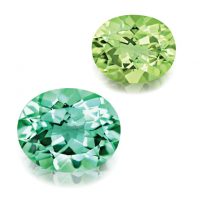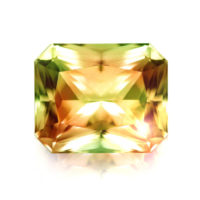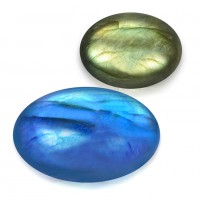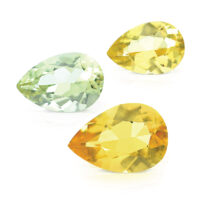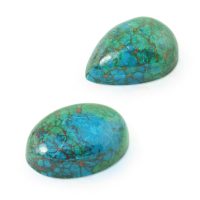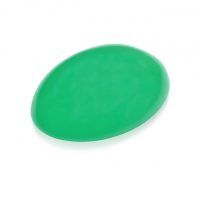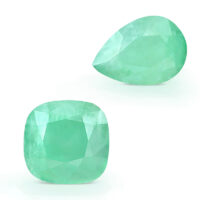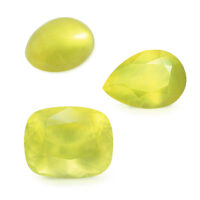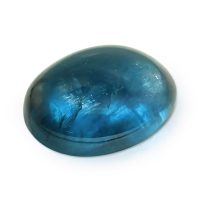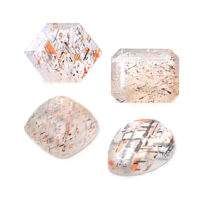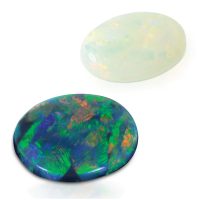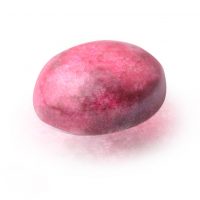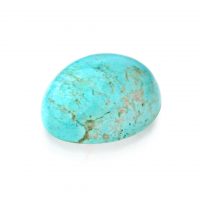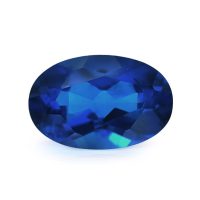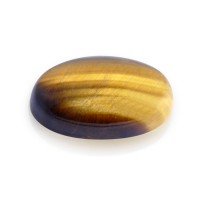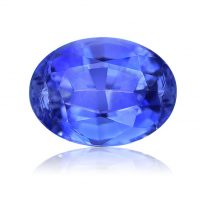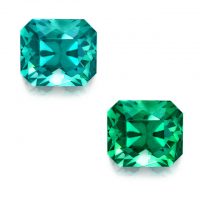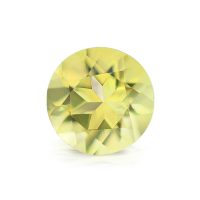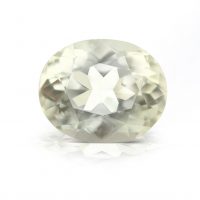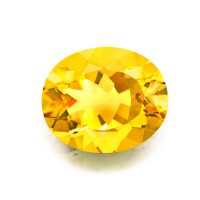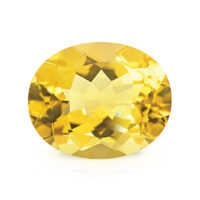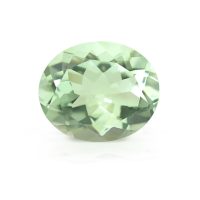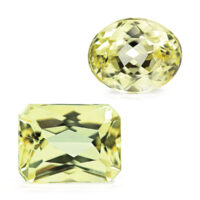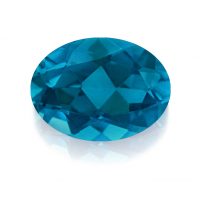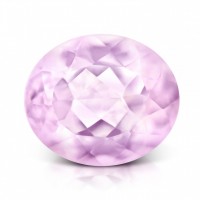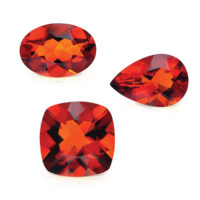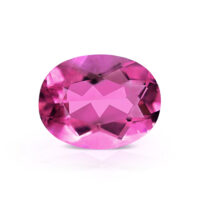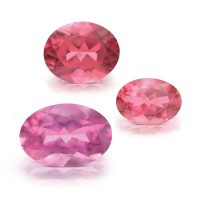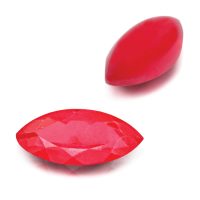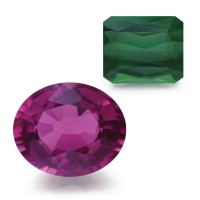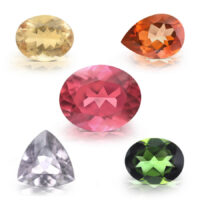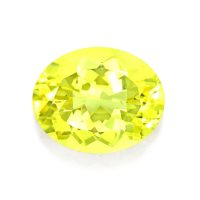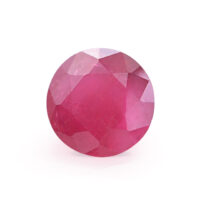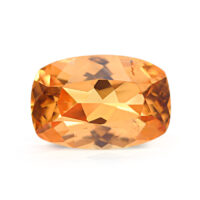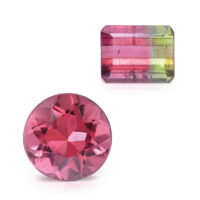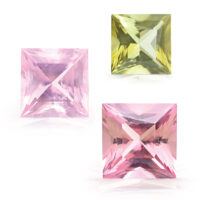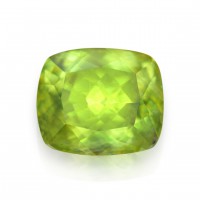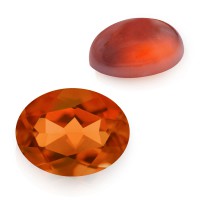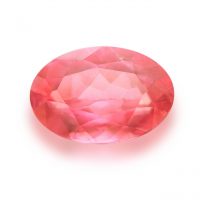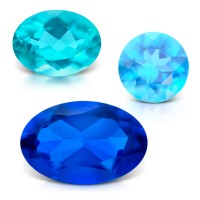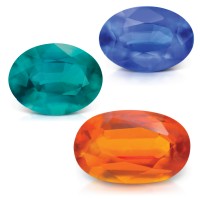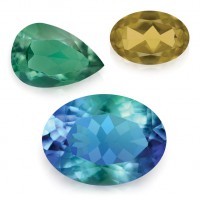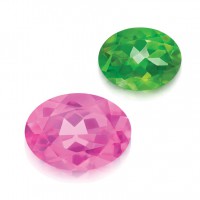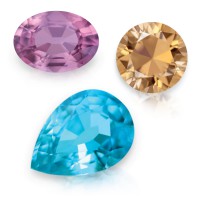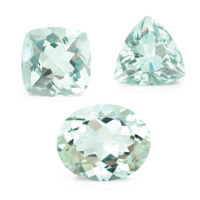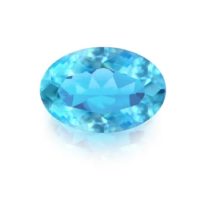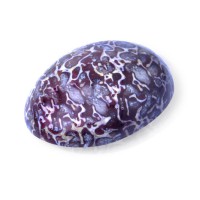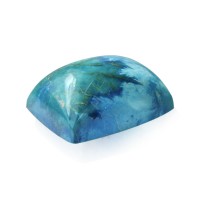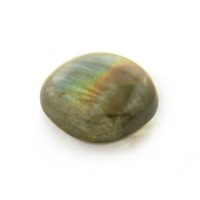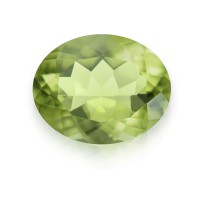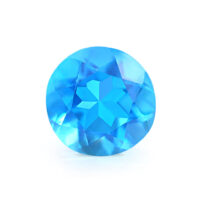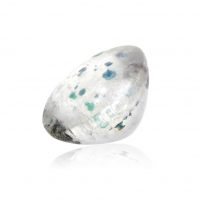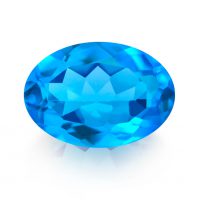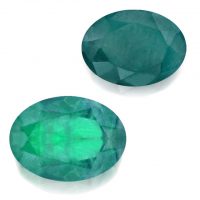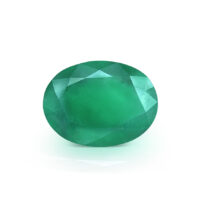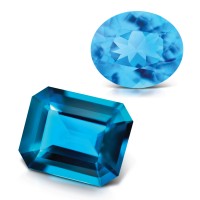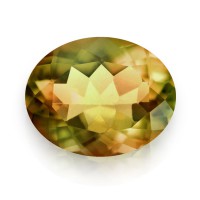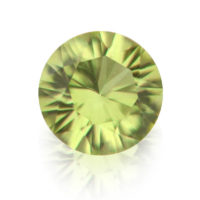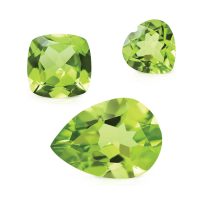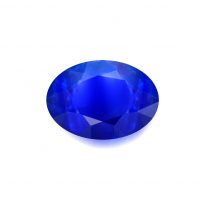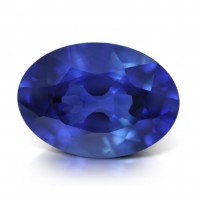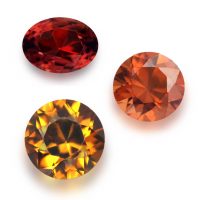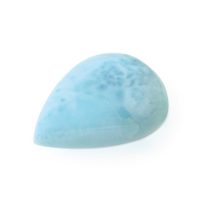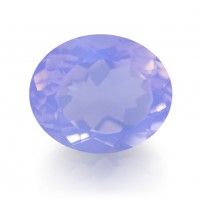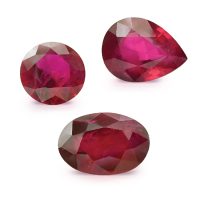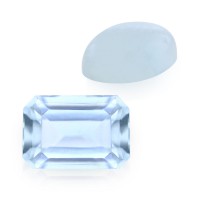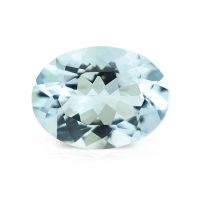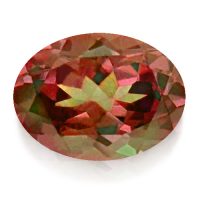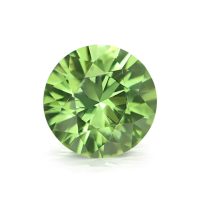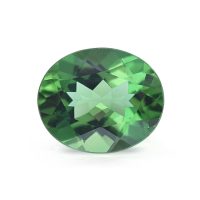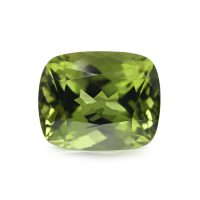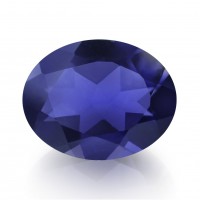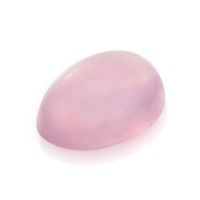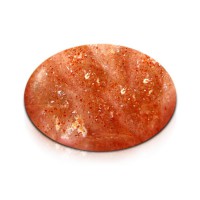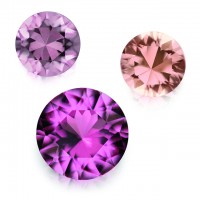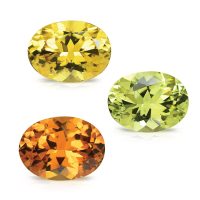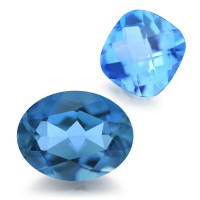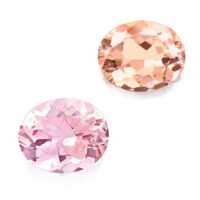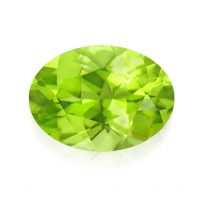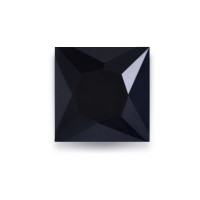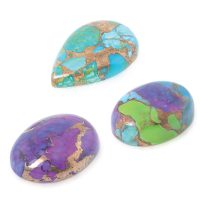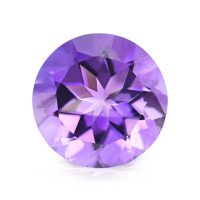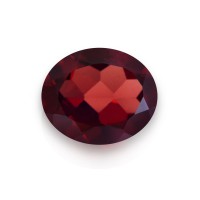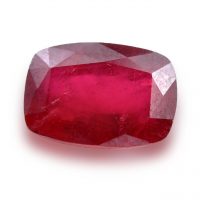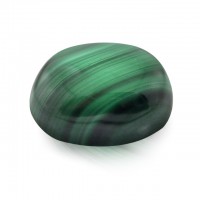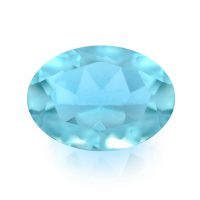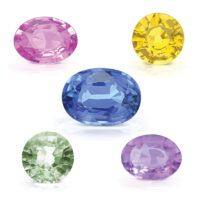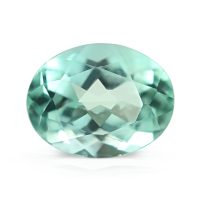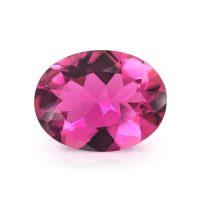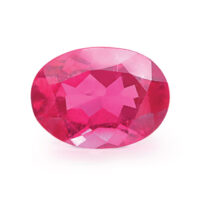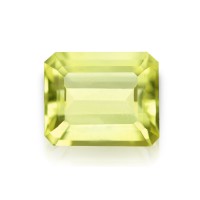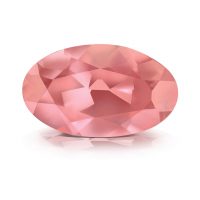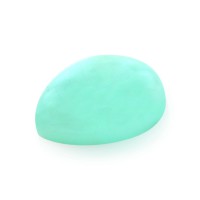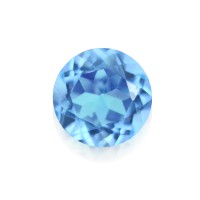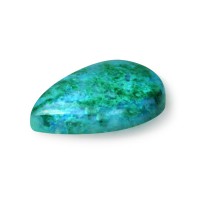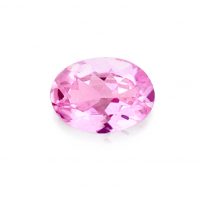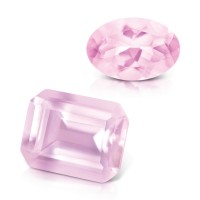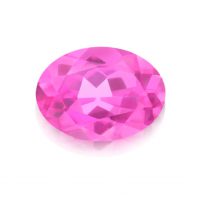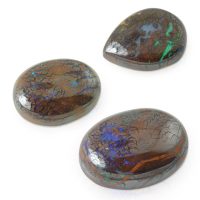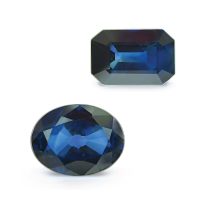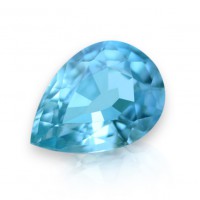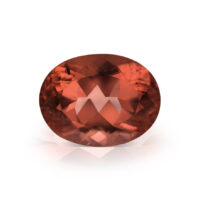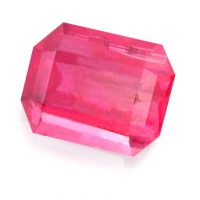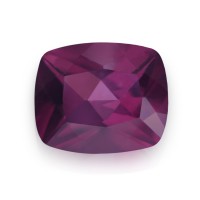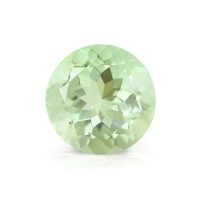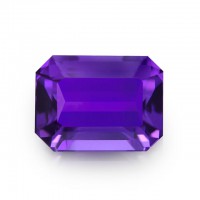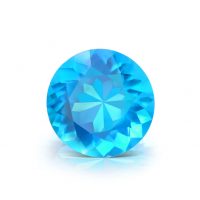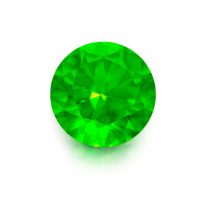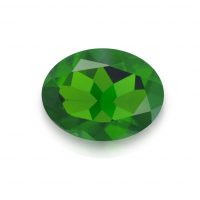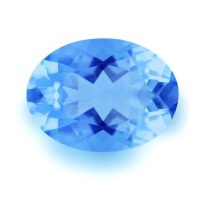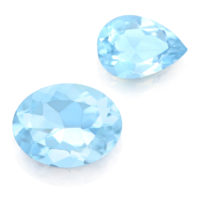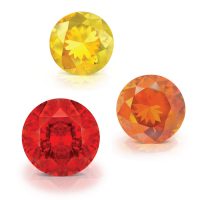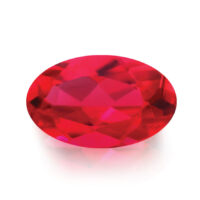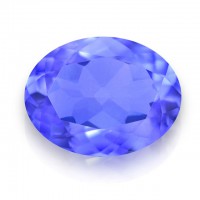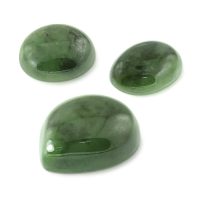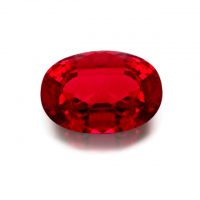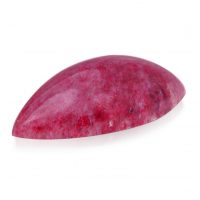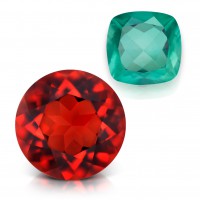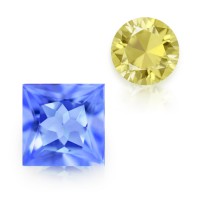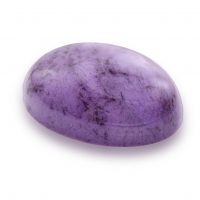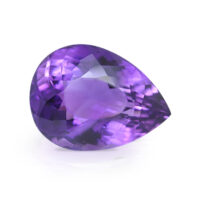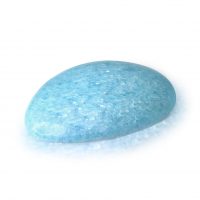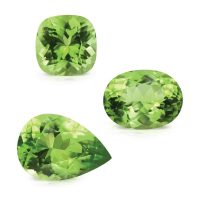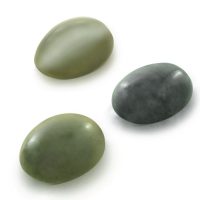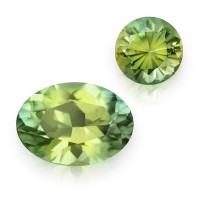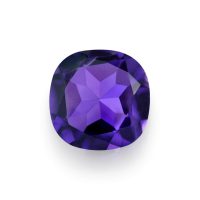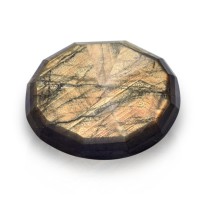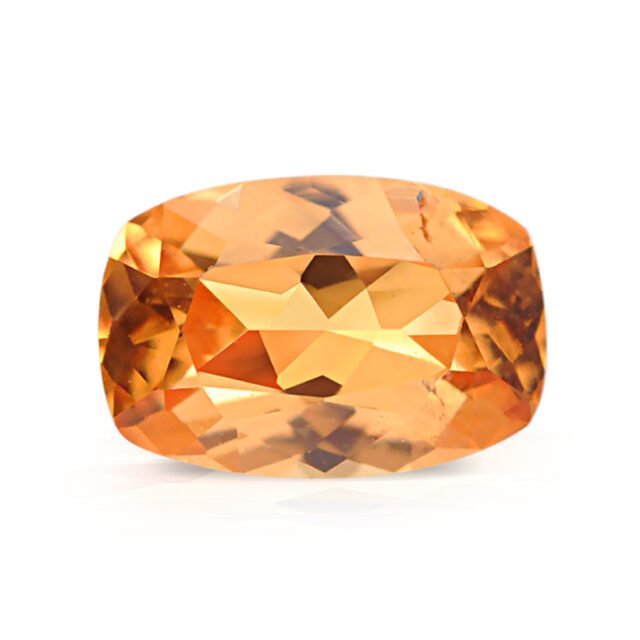

One of the rarest Garnets, Spessartine has only been around for 200 years, nevertheless its signature natural ‘citrus’ hues, excellent brilliance, and everyday durability, has seen its jewelry popularity skyrocket! Unbeknownst to many, the historic Little Three Mine Area, near Ramona in Southern California, was the premier locale for fine Spessartine for most of the 20th century! Our Californian Spessartine was vaulted by a former miner over 26 years ago and displays its defining ‘Sunkist’ oranges, high-clarity, excellent brilliance, and attractive luster; key factors determining quality and value. No longer mined, Californian Spessartine’s dwindling reserves keep it highly-prized among savvy gemstone connoisseurs.
Hardness 7 – 7.5
Refractive Index 1.799 – 1.810
Relative Density 4.19 – 4.26
Enhancement None
Beauty
Typically displaying a beautiful variety of oranges, deep reddish-oranges, rich golden oranges (with red flashes), yellowish-oranges, and deep reds, Spessartine is highly-valued for its colorful brilliance, a characteristic of its high refraction. With excellent brilliance approaching Diamond (the most brilliant natural gemstone), Spessartine (1.795 – 1.815) has the fifth highest refractive index, after Diamond (2.42), Sphene (1.84 – 2.11), Zircon (1.93 – 1.99), and Demantoid (1.88 – 1.89). Spessartine also possesses a Diamond-like (Adamantine) luster, which beautifully reflects a high percentage of surface light. Brownish ‘dark chocolate’ tints are also sometimes present, causing Spessartines’ burnt oranges. While the more intense yellowish-oranges, vibrant reddish-oranges, and ‘classic’ rich oranges, command the highest prices, color preferences ultimately dictate choice.
Californian Spessartine is beautifully characterized by brilliant yellowish-oranges with a highly-desirable, medium saturation (strength of color) and tone (lightness or darkness of color), the marketplace ideal. Visually distinct from Namibian and Nigerian Spessartine, its unique color is aptly described as molten ‘Sunkist’, after the American soft drink launched in 1979. Interestingly, such colloquial descriptors are commonplace for Spessartine. For example, African gemstone dealers in the Thai gem-trading town of Chanthaburi, frequently describe Spessartine color using, Coke, Fanta, and Red Soda (a Fanta variety marketed in Thailand). While not overly romantic, these everyday terms actually effectively communicate color. We mightn’t all picture the same hue imagining ‘burnt orange’, but a glass of Fanta with a splash of Coke quickly communicates color, regardless of the language barrier.
Californian Spessartine is slightly included (appears fairly clean/minor inclusions visible to the unaided eye), displaying exceptional clarity for the variety and locale. Spessartine with little to no inclusions is globally scarce, but even more so from the heavily worked Little Three Mine Area. Californian Spessartine is expertly faceted in the legendary gemstone country of Sri Lanka (Ceylon), home to some of the world’s best lapidaries. Every gem has been optimally faceted by experienced cutters who carefully orientate each crystal to maximize colorful brilliance, maintaining a high-polish/luster, as well as an attractive overall appearance (outline, profile, proportions, and shape).
Discovered in the mid-19th century, Spessartine was renamed in 1832 by François Sulpice Beudant (1787 – 1850) after its type locality, the Spessart Mountains in the German state of Bavaria. While referring to this mineral as ‘Spessartite’ is technically incorrect, both names are used in the marketplace to describe this Garnet. Mineralogically, ‘Spessartite’ is an igneous rock containing Spessartine, also named after Germany’s Spessart Mountains. January’s birthstone, Garnet’s name is derived from the Latin ‘granatus’ (from ‘granum’, which means ‘seed’), due to some Garnets’ resemblance to pomegranate seeds. Coming in blues, chocolates, greens, oranges, pinks, purples, reds, and yellows, Garnets are a group of minerals possessing similar crystal structures, but varying in composition, giving each type different colors and properties. Spessartine will always be a shade of orange due to manganese in its crystal structure, with higher iron (Almandine) resulting in deeper reds and reddish-browns. First discovered in Kunene in northwest Namibia, Mandarin Garnet is a variety of Spessartine with a pure, almost neon, vivid mandarin color, just like the fruit. Also known as ‘Kunene Spessartine’, Namibian Mandarin Garnet is typically differentiated from Spessartine from other origins by its inclusions and graining, giving it a ‘sleepy’ appearance. While some view Mandarin Garnet as exclusively Namibian, Marlene A. Prost, in her ‘Life in Orange’ article published in Colored Stone (March – April, 2002), states it’s: “a term that today is often applied to all Spessartine, regardless of origin”. Used in adornment for over 5,000 years, Garnets were popular in ancient Egypt from around 3100 BC, being used as beads in necklaces, as well as inlaid jewelry (gems set into a surface in a decorative pattern). During the 19th century, jewelry featuring clusters of small red Garnets from Bohemia (modern-day Czech Republic) were hugely popular. Garnet’s many myths frequently portray it as a symbol of chivalry, everlasting friendship, faith, honesty, light, loyalty, protection, and truth. In Judaism, a Garnet is said to have illuminated Noah’s Ark, and Carbuncle (Garnet) was one of the gems in the ‘breastplate of judgment’ (Exodus 28:15-30), the impetus for birthstones in Western culture. Crusaders considered Garnet so symbolic of Christ’s sacrifice that they set them into their armor for protection. In Islam, Garnet’s illuminate the fourth heaven, while for Norsemen, they guide the way to Valhalla. During the Middle Ages, if your Garnet became less brilliant, trouble was on its way. A Grimm’s fairy-tale even tells of an old lady, who upon rescuing an injured bird was rewarded for her kindness with a Garnet that glowed, illuminating the night.
Rarity
While Spessartine has been mined at granite pegmatites (crystalline igneous rocks) in Australia, Brazil, Burma (Myanmar), India, Kenya, Madagascar, Mozambique, Pakistan, Sri Lanka, Tanzania, and Zambia, Namibia and Nigeria are currently the main sources. In 1991, Spessartine was discovered at the Outomongu Mine located in the Kunene River Valley. Since 1994, Nigeria has become one of Spessartine’s most important sources and is mined at Iganna, approximately 110 kilometers northeast of Ibadan in Nigeria’s Oyo State. Despite yielding 40,000 – 50,000 carats of facet-grade from 1956 to 1994, the USA (California) is a largely unknown Spessartine origin today (Source: ‘Spessartine Garnet from Ramona, San Diego County, California’ by Brendan M. Laurs and Kimberly Knox, Gems & Gemology, Winter 2001).
Comprised of gem-quality pegmatites in igneous and metamorphic host rocks, the Little Three Mine Area is located in the Hatfield Creek Valley, approximately 50 kilometers northeast of metropolitan San Diego, and about 6 kilometers east-northeast of the rural town of Ramona. At the beginning of the 20th century, San Diego County was one of the world’s major gem-producing areas, highly-regarded for its variety and quantity of gemstones (e.g. Aquamarine, Kunzite, Morganite, Smoky Quartz, Topaz, and Tourmaline). Spessartine was relatively scarce in San Diego, only commercially occurring at the Ramona pegmatites.
Discovered in May 1903 by H. W. Robb, ‘The Little Three Mine’ was Ramona’s first pegmatite mine, and was named for Mr. Robb and his partners, Dan MacIntosh and Charles F. Schnack. While never an important Spessartine source, its other gemstones and minerals made it the district’s most important mine, resulting in Californian Spessartine being referred to as coming from the ‘Little Three Mine’ area. At an altitude of only 580 – 700 meters, the mining area is dominated by dry rolling hills covered with dense scrub. While summer temperatures exceed 40°C, most mining activity has taken place above ground, with previous small diggings now overgrown by thorny bushes and tangled shrubs. Experience and intuition are both critical for successful pegmatite mining. Most mining was surficial, excavator digging and occasionally blasting the upper portion of exposed pegmatites, with a few tunnels also exploring the main underground bodies.
Over 10 kilograms of Spessartine were unearthed from 1903 to 1905, but by 1909, these near-surface deposits were ostensibly depleted. With very little activity until 1947, intensive mining commenced in 1955. Although several Spessartine mines sporadically worked the area, the Hercules-Spessartite Pegmatite (est. 1903) and Spaulding Mine (est. 1955) were the top producers. While significant commercial mining halted in 1994, small activity occurred until 1997. With easier sections of the Spessartine-bearing pegmatites exhausted, significant investment is required to resume commercial mining. In a marketplace now dominated by Namibian, Nigerian, and Tanzanian Spessartine, this seems increasingly unlikely. As usual, mineral specimens over gemmy rough, were most valued by miners, with only non-specimen-grade crystals faceted. The miner’s estimated only one percent facetable.
Regardless of origin, fine-Spessartine is plagued by sporadic production and a lack of gem-quality crystals, keeping it expensive, rare, and difficult to obtain. Californian Spessartine is also totally natural and unenhanced, further accentuating rarity.
Durability & Care
Californian Spessartine (Mohs’ Hardness: 7 – 7.5) is an excellent choice for everyday jewelry. Californian Spessartine should always be stored carefully to avoid scuffs and scratches. Clean with gentle soap and lukewarm water, scrubbing behind the gem with a very soft toothbrush as necessary. After cleaning, pat dry with a soft towel or chamois cloth.
Map Location

Click map to enlarge
